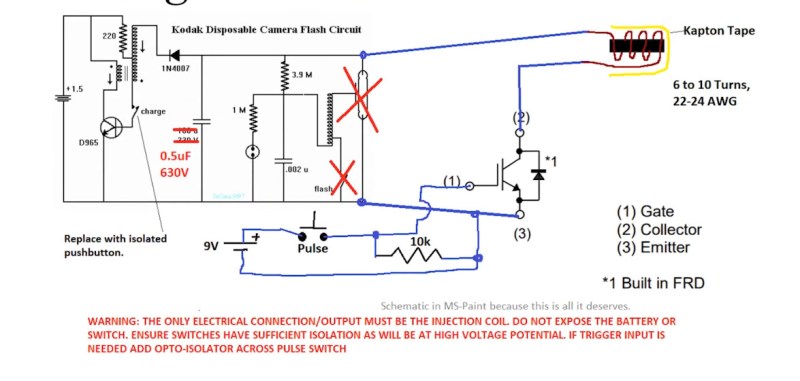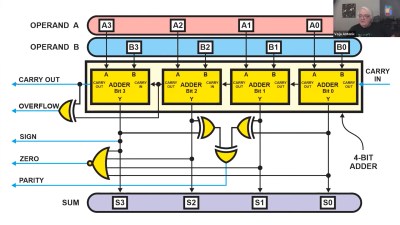Getting to space is hard enough. You have to go up a few hundred miles, then go sideways really fast to enter orbit. But getting something into space is one thing: keeping a delicate instrument working as it travels there is quite another. In his talk at Remoticon 2021, [Sergiy Nesterenko], former Radiation Effects Engineer at SpaceX, walks us through all the things that can destroy your sensitive electronics on the way up.
The trouble already starts way before liftoff. Due to an accident of geography, several launch sites are located in areas prone to severe thunderstorms: not the ideal location to put a 300-foot long metal tube upright and leave it standing for a day. Other hazards near the launch pad include wayward wildlife and salty spray from the ocean.
Those dangers are gone once you’re in space, but then suddenly heat becomes a problem: if your spacecraft is sitting in full sunlight, it will quickly heat up to 135 °C, while the parts in the shade cool off to -150 °C. A simple solution is to spin your craft along its axis to ensure an even heat load on all sides, similar to the way you rotate sausages on your barbecue.
But one of the most challenging problems facing electronics in space is radiation. [Sergiy] explains in detail the various types of radiation that a spacecraft might encounter: charged particles in the Van Allen belts, cosmic rays once you get away from Low Earth orbit, and a variety of ionized junk ejected from the Sun every now and then. The easiest way to reduce the radiation load on your electronics is simply to stay near Earth and take cover within its magnetic field.
For interplanetary spacecraft there’s no escaping the onslaught, and the only to survive is to make your electronics “rad-hard”. Shielding is generally not an option because of weight constraints, so engineers make use of components that have been tested in radiation chambers to ensure they will not suddenly short-circuit. Adding redundant circuits as well as self-monitoring features like watchdog timers also helps to make flight computers more robust.
[Sergiy]’s talk is full of interesting anecdotes that will delight the inner astronaut in all of us. Ever imagined a bat trying to hitch a ride on a Space Shuttle? As it turns out, one aspiring space bat did just that. And while designing space-qualified electronics is not something most of us do every day, [Sergiy]’s experiences provide plenty of tips for more down-to-earth problems. After all, salt and moisture will eat away cables on your bicycle just as they do on a moon rocket.
Be sure to also check out the links embedded in the talk’s slides for lots of great background information.

















